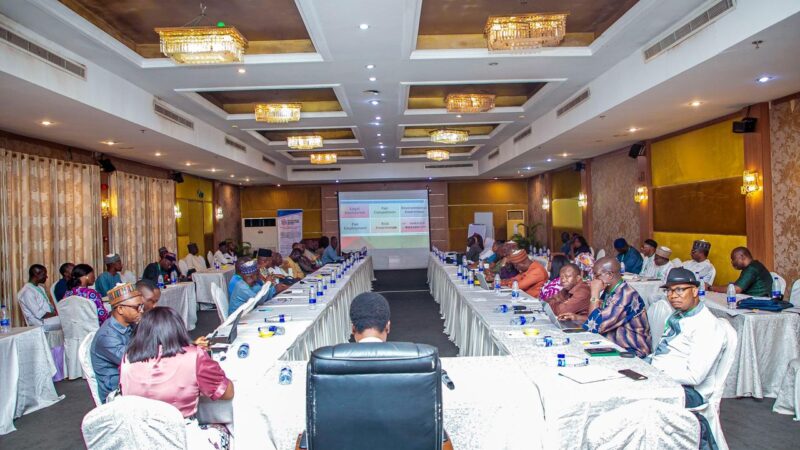Engine Failure Forces Emergency Landing of Rano Air Flight, NCAA Grounds Aircraft Pending Investigation

A Rano Air aircraft, with registration number 5N-BZY, experienced a mid-air engine failure that triggered a safety emergency on board, prompting immediate precautionary action by the flight crew and a successful emergency landing at the Sokoto airport.
According to a statement released by the Nigeria Civil Aviation Authority (NCAA), the aircraft suffered a failure on its engine 1, leading to the presence of smoke in both the cabin and the flightdeck.
In line with standard emergency procedures, oxygen masks were deployed, and the flight crew initiated the appropriate safety protocols to manage the situation on the ground for landing.
“The smoke eventually dissipated, and the pilot executed a safe landing without incident,” the NCAA disclosed.
In the aftermath of the incident, the NCAA Directorate of Airworthiness promptly directed that the affected aircraft be grounded until a full investigation into the cause of the engine failure is concluded. Engineers are currently working on the aircraft, which remains on the ground in Sokoto.
Compounding the situation, the rescue aircraft that was designated to airlift the stranded Sokoto passengers had already taken on board passengers from Abuja and Katsina.
According to NCAA, deboarding those passengers would have caused significant complications and logistical challenges. As a result, the onward flight from Sokoto had to be cancelled.
Reaffirming its commitment to safety, the NCAA noted that such cancellations are evidence of Nigeria’s rigorous safety culture in civil aviation.
“Safety is our utmost priority. Our records speak for themselves. Many more advanced countries have experienced worse air incidents. Here in Nigeria, flights are cancelled at the slightest concern for safety,” the Authority stated.
The NCAA assured the public that it will leave no stone unturned in its investigation of the incident, with a view to ensuring that corrective and preventive measures are fully implemented.







